The ELD Mandate is a fact of life for most drivers and trucking companies. This article presents some guidelines on how to choose ELD devices, how to stay on top of a trucking company and driver regulatory needs, who must comply with the ELD Mandate, trucking exemptions, and the ELD compliance timeline. HOS247 products provide complete electronic solutions for trucking fleets and owner-operators alike. The HOS247 family of products are designed to comply with the Mandate throughout the timeline, as well as other services such as GPS tracking, IFTA mileage reporting, and dispatch automation software.
How to Choose an ELD System
Choosing, buying, and using an ELD system is essential, because drivers can be pulled over and stopped unless they have compliant systems. However, there are a lot of competing systems on the market today. Many options make it difficult to choose the one that best fits the needs of your trucking company or owner-operators. Although the FMCSA (Federal Motor Carrier Safety Administration) developed a checklist to choose an ELD (Electronic Logging Device), those guidelines are suggestions to follow.
Do you have any questions? Talk to ELD Advisor: 650-405-3372 or Request Callback
Survey
Check out reviews of any product on the market. What are its strengths and weaknesses? Make sure that it is a right fit before you sign the paperwork to buy.
Simplicity
Is the product easy to use for drivers, dispatchers, and administration? If the product is too difficult to use, it will be another system of expensive hardware and software to gather dust. Rather than help your company meet its productivity goals, it will be a drag on the bottom line.
Support
If drivers, dispatchers, or administrators have a problem and they call the helpline to reach a top-rated live support team? Most people would much rather speak to a person than a robot.
The HOS247 Solution
HOS247 is a leader providing solutions for the ELD compliance. It is a complete system that provides electronic logging automatically, containing a logbook app and logging device. It works with the driver’s own smartphone system. The logging device installs within minutes, using Bluetooth systems to connect with the driver’s own smartphone or tablet. Hours of Service (HOS) for driving time, miles and locations are calculated automatically. DOT inspections are a snap, as the drivers can simply show their daily logs to an inspector, providing a transparent level of detail. The systems are reliable, and no contract is required to start service. HOS247 provides exceptional customer service, with operators who speak your language, whether that language is English, Spanish, Russian, or Polish.
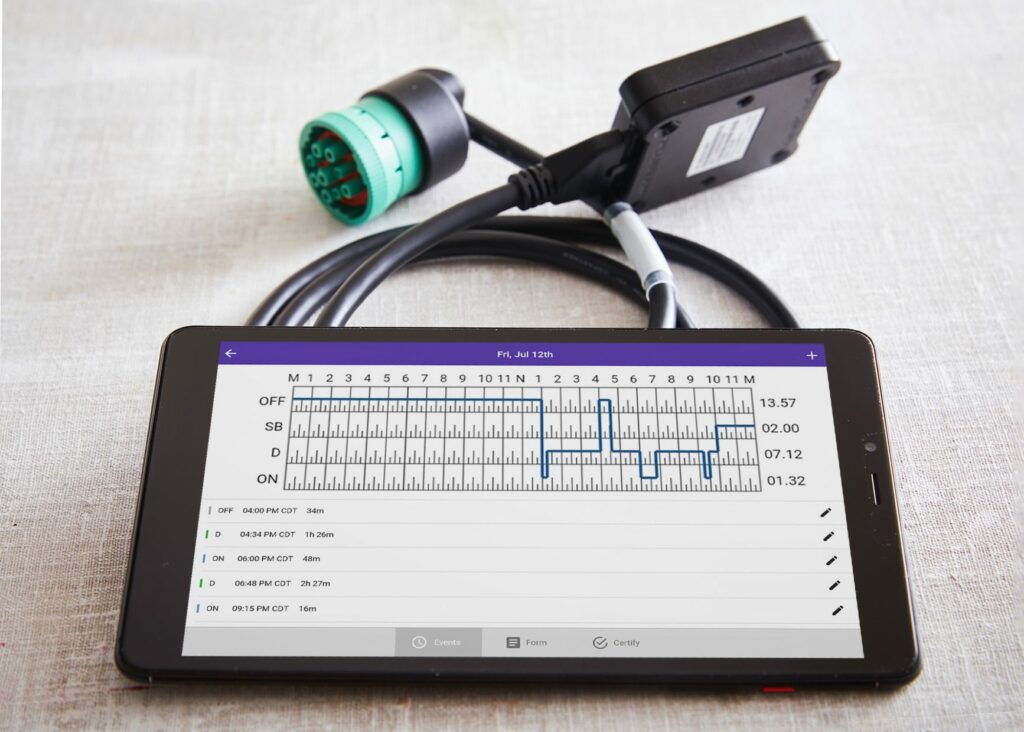
ELD Mandate Details
Regulations controlling a commercial motor vehicles (CMV) issued by the Federal Motor Carrier Safety Administration (FMCSA) make up the ELD Mandate. Drivers who are required to provide hours of service (HOS) records must use approved electronic logging devices (ELD), rather than paper-and-pencil logbooks or older types of recording devices. The main deadline was December 2017. The secondary deadline is December 2019 when AOBRD users must switch to FMCSA-registered ELDs.
The DOT (Department of Transportation) administers the rules making up the ELD Mandate. They can pull over drivers at any point along their route and examine their records. Those records must use an approved ELD system and must contain HOS records. HOS records contain records of duty status (RODS) which follow mandated driving records and times for required breaks. If a driver is stopped for a roadside inspection after April 1, 2018, and they do not have an approved ELD system (or AOBRD), the inspector will place that driver out of service for 10 hours. Any of these violations can count against the carrier’s Safety Management Score.
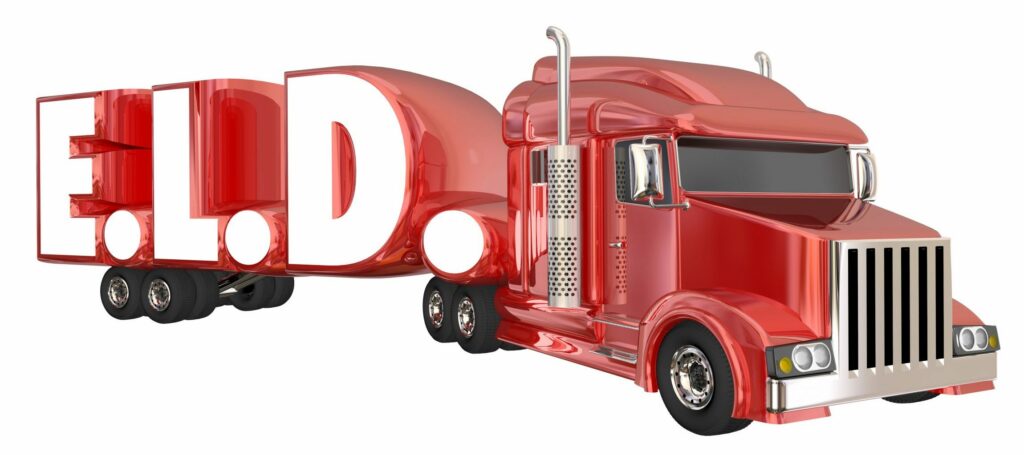
Drivers are required to have information about their ELD system aboard their commercial motor vehicles, and this documentation can be in electronic form, on a smartphone or electronic device, or by a driver’s own portable device. The information includes:
- a user’s manual telling the driver how to use the ELD;
- detailed instructions to provide HOS data to an authorized official;
- what steps to take if the ELD device malfunctions;
- blank records for at least 8 days of service.
Most motor carriers and drivers who keep records of duty service are required to follow the ELD Rule. This includes commercial buses and trucks. In addition, drivers who are based in Canada or Mexico but transport loads to and from the United States are required to follow the ELD Mandate. It is important to help ensure that vehicles are operating safely, and that drivers have adequate breaks and rest periods. Drivers who are rested are much safer on the road. Fleet operators as well as owner-operators know it’s important to buy ELD.
Electronic Logbook Must Support Trucking Exemptions
Drivers who use short-haul, time card exemptions are not required to keep records of duty status, so they are not required to use ELDs. Short haul, according to the FMCSA, is defined specifically as within a 100-mile radius from the starting point, start and return to the same location within 12 hours of duty, drive no more than 11 hours, with 10 continuous hours between shifts. Therefore, drivers who go beyond 100 miles from their starting point or over the 12 hours may no longer be exempt. Drivers who are based within a 100-mile radius of Canada or Mexico will also follow short-haul rules. When the short-haul rules are exceeded, the ELD regulations apply.
Vehicles that are being towed or are being transported empty are also exempt under towaway/ driveaway, including empty motor homes or RV trailers. Some vehicles built before 2000 are also exempt.
Drivers can extend the maximum drive time by 2 hours under adverse driving conditions. Adverse driving conditions are defined as conditions that the driver could not have anticipated before the trip started. For example, unexpected storms or road closures would qualify as adverse driving conditions if they were unexpected. A forecasted storm with whiteout conditions or rush-hour traffic snarls would be common sense and not qualify as adverse driving conditions.
Emergency conditions are limited to those declared by the President, state governors, or the FMCSA. Drivers are required to check with federal or state officials for emergency conditions before proceeding.
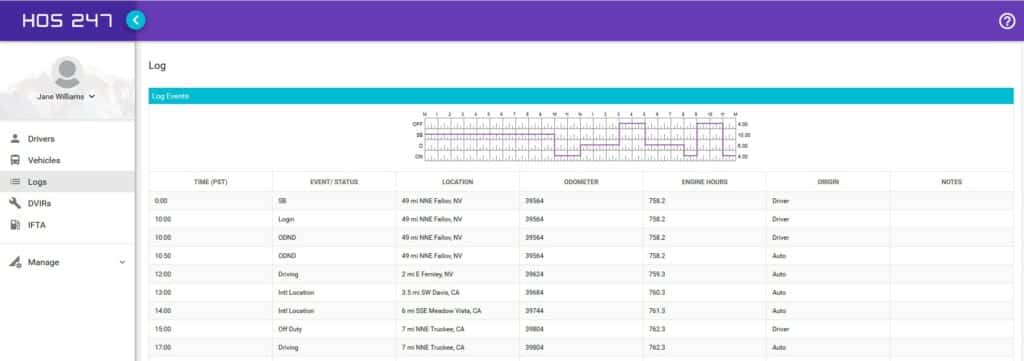
ELD Compliance Timelines
ELD Compliance is important, but like many mandates, the deadlines are over a span of time from 2016 to 2019. This helps to give time for drivers and carriers to research, choose, buy, and install the best ELD system to fit their needs. The first date – February 16, 2016 – refers to when the first complex of rules about ELD devices became law. The second important date – December 18, 2017 – refers to the general deadline for most carriers to begin the upgrade process. The third important date – December 16, 2019 – is the final deadline for all vehicles required to use an ELD to upgrade to one.
Although the Department of Transportation introduced legislation regarding Electronic Logging Devices and Hours of Service Supporting Documents into the Federal Register in December 16, 2015, the rules did not become law until the following year. The effective date of February 16, 2016 gave companies time to decide how they would follow the policy.
December 18, 2017 is the date that enforcement of the ELD Mandate began. Most trucking companies, drivers, and owner-operators must follow the ELD Rules or be pulled over and grounded. Paper logbooks and non-compliant electronic logs no longer meet requirements.
December 16, 2019 is the final deadline. All vehicles that are required to use an ELD, even if they were using a compliant AOBRD system are required to upgrade to the ELD system. Fleet operators, drivers, and owner-operators must choose and buy an approved ELD system to stay in operation.
Do you have any questions? Talk to ELD Advisor: 650-405-3372 or Request Callback
Other HOS247 Features
Fleet operators, drivers, and owner-operators agree that the HOS247 system is the best for automatic hours of service (HOS) solution. DOT inspections are quick and easy, as all that drivers must do is show logs to an officer. Vehicle inspection reports are completed electronically. Multiple HOS rules are stored within the system, ensuring that drivers will follow the law no matter when and where the route takes them.
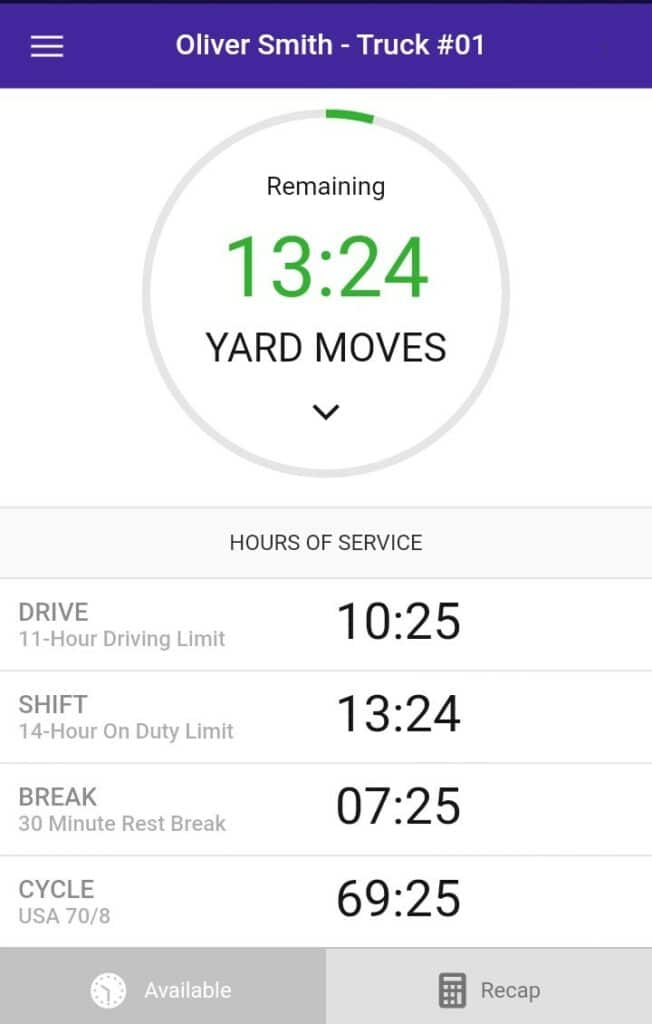
The HOS247 system also has other features designed to keep fleets of any size running smoothly and efficiently. In addition to the ELD services HOS247 GPS Fleet Tracking system allows to track where each driver is located and how far they are from their destination. With HOS availability, it is easier to plan routes and get shipments to customers on time. Electronic maps mean that drivers and loads find their way, even when the roads are unfamiliar.
Drivers no longer must save paper receipts from every time and place they fuel. The IFTA mileage reports are computed and stored electronically with the ELD system. Drivers can keep records of their own fueling with the automatic system. Automatic reporting of the state mileage is both effective and efficient.
With the HOS247 family of electronic solutions, the complex process of dispatching is streamlined. Dispatchers know where drivers are along the routes so they can organize and increase the jobs the company can handle. All jobs can be tracked and located throughout the service area. Buy the ELD system from HOS247, and discover how the electronic solutions will work for fleets of any size.

I’ve co-founded, built and managed several transportation-related businesses. Now, I’m a founder and CEO of HOS247 – an AI Transportation Platform for trucking companies, freight brokers and other logistics operations. We are transitioning old-style operations to technology-advanced logistics entities and help them to grow their businesses. ELDs (electronic logging devices), fleet tracking and management 2.0 combined with AI-powered dispatch tools.











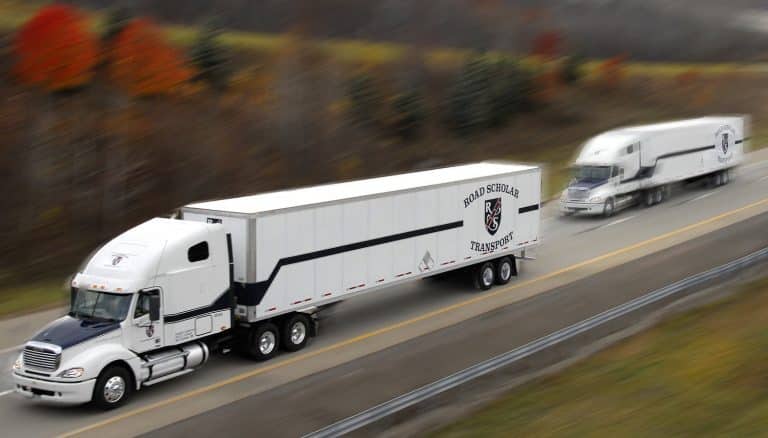
In order to keep everyone on the road safe, the Federal Motor Carrier Safety Administration (FMCSA) regulates commercial drivers’ drive time and rest periods. As such, the owners of commercial trucking fleets have a legal obligation to make sure their
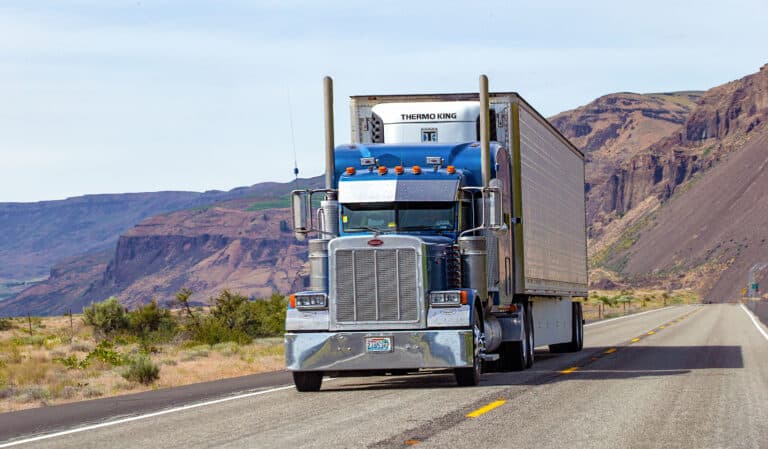
As the trucking industry advances, the adoption of electronic logging devices (ELDs) is reshaping how commercial motor vehicle (CMV) drivers maintain their records of duty status (RODS). This article sheds light on key differences between paper and electronic CMV logbooks,
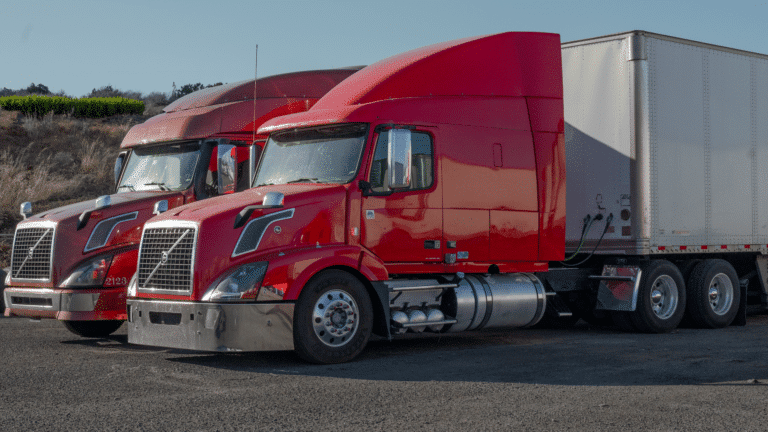
The transition from traditional paper logs to electronic solutions marked a significant advancement in the transportation industry. Electronic logbooks, mandatory for most commercial drivers, streamline the process of recording hours of service (HOS) for greater accuracy and their power can